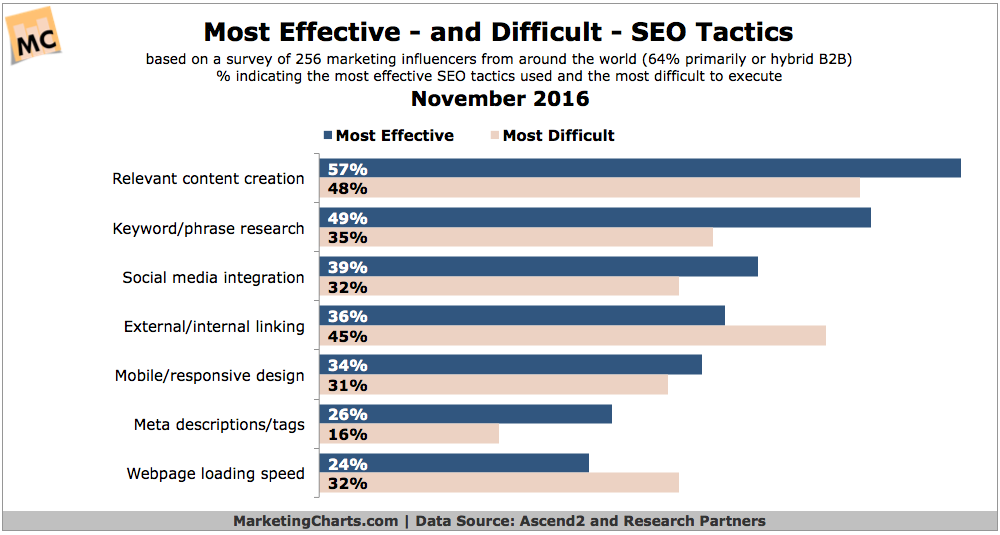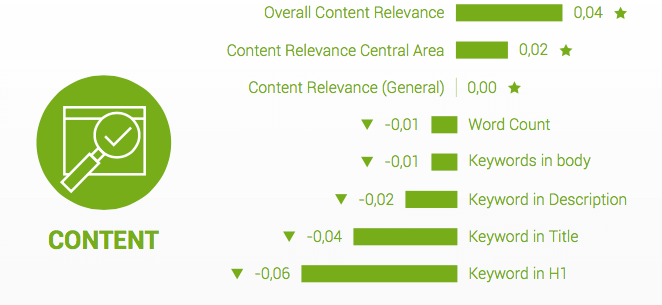 The days of ‘just posting’ on social media are over. The days of updating content on your website every 6 months are over, too. Every company’s marketing plan (you have one, right?) must include content strategy.
The days of ‘just posting’ on social media are over. The days of updating content on your website every 6 months are over, too. Every company’s marketing plan (you have one, right?) must include content strategy.
Success today is having a solid plan behind what you publish and the right people to execute it.
What is Content Strategy?
Content Strategy is the development, planning, creation, delivery and management of content.
The purpose of content strategy is to create meaningful, cohesive, engaging, and sustainable content that attracts the company’s target customers.
In today’s social web environment, getting the right message to the right customer at the right time is crucial. Reaching those all-important touch points requires brand-specific content strategy and tactics.
Provide uncommon value first…then sell.
Identifying your uncommon value and communicating it successfully is content strategy.
Get my latest business tips, exclusive content, and a bit of fun straight to your inbox with the Kruse Control Newsletter. Boost your profits with our proven advice. Sign up now – it’s free!
Content Strategy answers these key marketing questions:
- Why are you circulating this information?
- Who exactly do you want to reach?
- What are you going to publish?
- Who will create and manage the content?
- Where will the content have the most impact?
- When is the optimal time to engage in sales conversations?
- How will you carry out your strategy? What organizational changes must be made?
Every time I engage, either on a personal level, on social media, or in a room full of people, I inquire whether their company has a documented content strategy. Sadly, most do not.
Research tells us that those organizations that do have one, and that review it consistently, are more likely to be successful. Most companies are still too focused on campaigns and talking about their products, instead of truly driving value outside the products and services they offer.
A well-designed, documented content strategy guides the company’s marketing to meet or exceed its goals. It’s way too noisy now to just hope for a good outcome.
Content strategy is a map to your most cherished goals. Without it, you’re a rudderless ship sailing into the abyss.
Content strategy is a 2017 Benchmark. If you or someone you know still needs convincing that content is the key to the kingdom, consider these 7 compelling reasons why everything begins with content strategy.
1. Content Drives Everything
The customer’s goal is not to find you; it is to find answers.
Digital marketing today has two masters: customers and search engines. It’s the delicate dance you do with your content that allows you to serve both. Ultimately, a prospect or customer will know you but in order to be found, the company’s content must rank in search.
Search rankings studies have indicated that the impact of relevant content continues to grow, and a study from Ascend2 and its Research Partners found that marketers largely agree.
- 57% of marketers rated relevant content creation as being among their most effective SEO tactics, topping the proportion feeling that way about keyword/phrase research (49%).

A new Google search rankings factors study released by Searchmetrics shares that while content relevance is gaining in importance with Google, backlinks are a declining ranking signal.

Content strategy should be the centerpiece of your marketing plan. When content attracts and informs, it compels customers to take the desired actions.
2. WHY You Post Matters More Than What You Post
What purpose, cause or belief inspires you to do what you do?
What purpose, cause or belief is woven throughout your brand’s culture?
When you know your WHY, creating content becomes graceful.
It’s your WHY that establishes value within the mind of the customer; it’s what engages them. What you post simply becomes a byproduct of your content strategy.
When employees are encouraged to take part in your WHY, they’re inspired too.
Jumping into social media and digital marketing without establishing your WHY through the content strategy process creates hollow messaging. No one can afford to be hollow these days.
3. The Goldfish Syndrome
According to the National Center for Biotechnology Information, the average attention span of a human being has dropped from 12 seconds in 2000 to 8 seconds in 2015. This is one second less than the attention span of a goldfish.

Getting and keeping your customers attention is no small feat. Content strategy produces higher quality content. High quality content gets consumed, liked, and shared.
4. Customers Do Not Consume in Silence
Customers are social. They socialize while consuming (and deciding to consume) a company’s products and services.
Social networks now serve as shopping platforms. Content strategy should include a map of the customer’s journey and clear steps on how to deliver a great experience every step of the way.
Examine your customer experience. Is it ready for airplay?
- Customers, especially Millennials, demand self-service, algorithmically, and crowdsourced customer service options.
- Paradoxically, millennial customers also crave a true, authentic, personalized experience as customers.
- They care about a company’s values.
- Millennial customers expect your company’s technology to simply work–so you’d better make sure that it does.
- Social consumption is the norm. And so is social decision-making as to whether or not to consume.
A solid content strategy should include how you’ll manage your brand’s community. Who will be the voice of your business?
5. Why Should I Care?
When customers visit your website or social media, their subconscious has one question: Why should I care?
Given the aforementioned attention span, if you’re not answering this within 8 seconds, you’ve lost them.
The content strategy process and ensuing foundational marketing guidelines, clarify your message so customers engage. It answers their burning question and turns website browsers into customers.
6. The Story of Your Business Engages Customers
90% of Americans say they’re more likely to trust and stay loyal to companies that actively try to make a difference.
Brands can tap into this consumer base through original content and social media. After all, 64% of millennials use social media to address companies about social and environmental issues, and 36% of consumers say they mainly share content to promote the causes they care about.
Emotion is the key driver in why we share content. The content strategy discovery process uncovers stories about your business, your employees and your customers that increase brand awareness and engagement.
7. You Want to Make a Profit, Right?
Content strategy dissects each stage of the buyer’s journey and designs quality content that focuses on their needs as they move toward purchase.
There are specific types of content for the top, middle and bottom of your sales funnel.
1. Top of Funnel = Awareness
- Prospects have either become aware of a product or service, or they have become aware that they have a need that must be fulfilled.
2. Middle of Funnel = Evaluation
- Prospects are aware that a product or service could fulfill their need, and they are trying to determine which is the best fit.
3. Bottom of Funnel = Purchase
- Prospects are ready to make a purchase.
A defined content strategy and continual analysis puts focus on each of these stages and makes for better outcomes of business objectives.
One last point…
Without a branded, documented content strategy, you won’t know…
- What type of content you already have.
- What specific types of content you need.
- Which content is most effective for achieving the best possible outcomes.
Investing in the content strategy process gets you where you want to go quicker, with much less anxiety and far better results.
Next Steps: We’ve guided many clients through the content strategy process and we’ll guide you too! If you don’t have the human resources, you’re new to digital marketing or you just aren’t sure what’s right for your business, reach out to us >>here<<.
We’ll get back to you within 24 hours.
